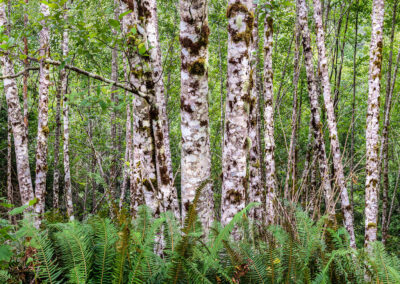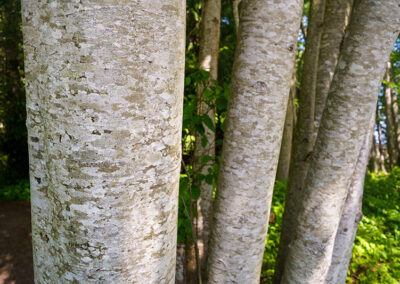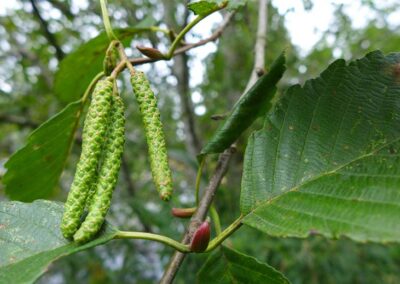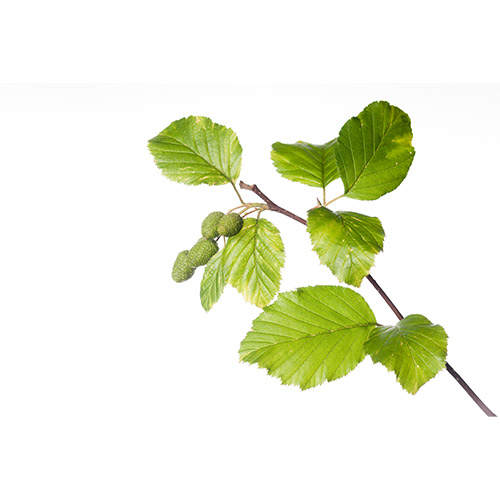
Red Alder

Pollen Type: Tree
Cross-Reactivity: Other Alders
HS Allergy Extract: Alder, Red
Family: Betulaceae
Genus/Species: Alnus rubra (oregona)
Common Names: Pacific Coast Alder, Oregon Alder, Western Alder
Distribution: Western North American including Alaska, Yukon, British Columbia, Washington, Oregon, California, Idaho and Montana.
Locations: Moist areas within 125 miles of the Pacific Coast. Common in forests, and along streams and lakes.
Pollination Method: Wind-pollinated
Pollinating Period: Mid-February through April
Description: Red Alders grow 50’-100’ with a spread of 20’-30’ at maturity. The Red Alder species name, rubra, means red, referring to the red dye made from its bark and the color of its cut wood. Its outer bark is brown or grayish-brown, and as the tree ages, the bark develops a mosaic-like pattern of white and grey spots. Its dark green leaves can grow up to 7”, are oval-shaped with a pointed tip, and have saw-tooth edges. Red Alder is monoecious, meaning it has separate male and female flowers. Green, slender, cylindrical male flower clusters called catkins, develop in hanging clumps. In late winter, they elongate and turn reddish-brown and release their pollen in late winter/early spring. Female flowers grow in clusters of upright catkins that develop into cone-like masses that bear the seed. The “cones” ripen in September or October, changing from green to yellow-green or brownish-green to brown. Red Alder winged seeds are small and lightweight, growing in pairs. They release in late fall or early winter and can be wind-carried long distances. Red Alder can produce up to 7 billion pollen grains each season, making Red Alder allergenically important.





